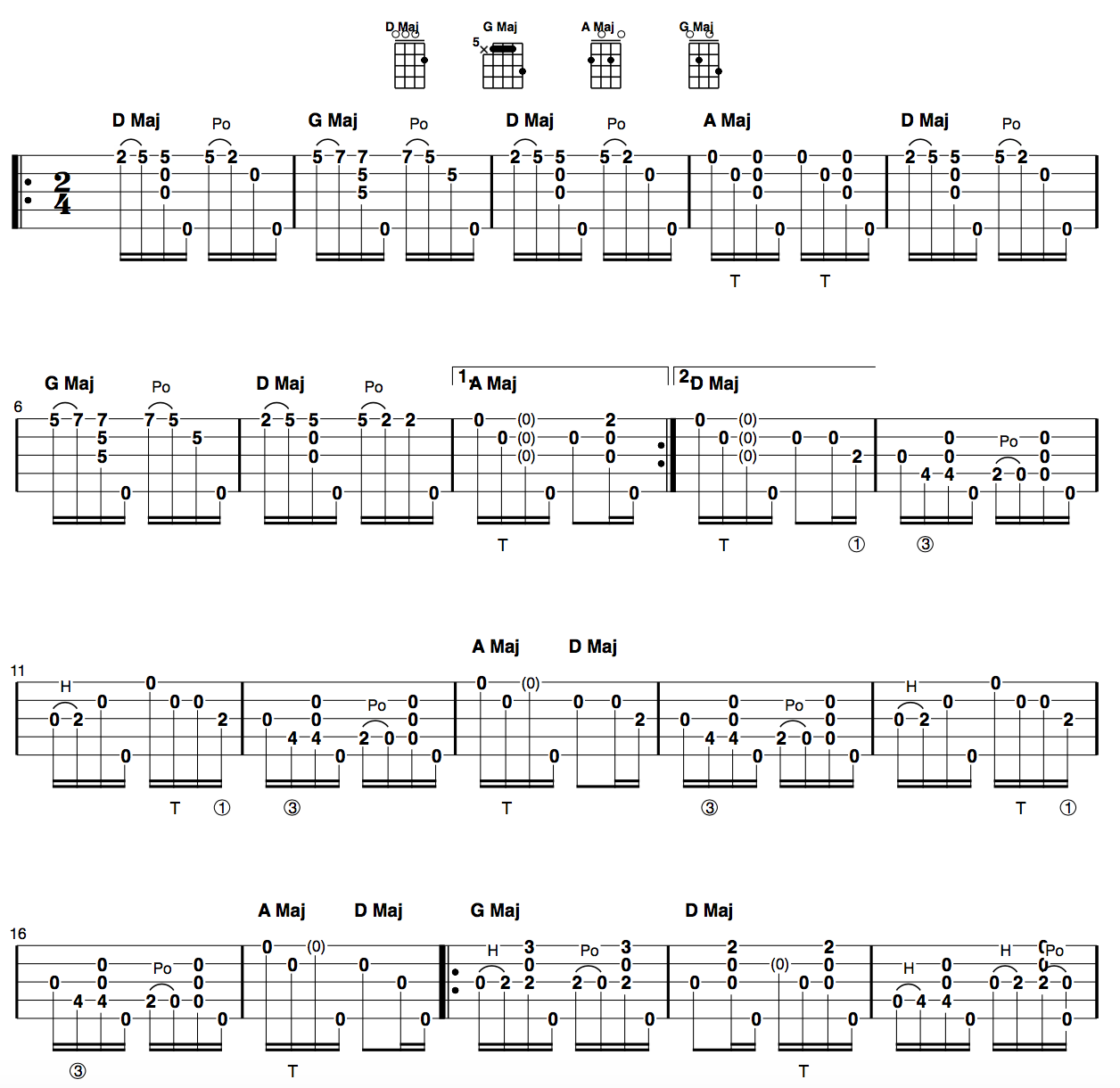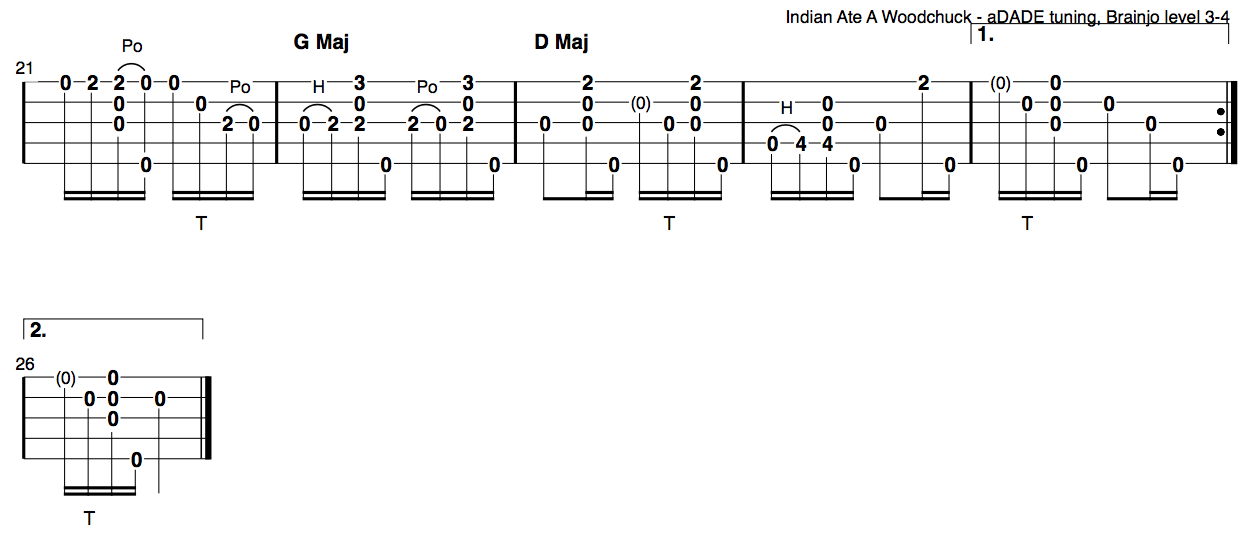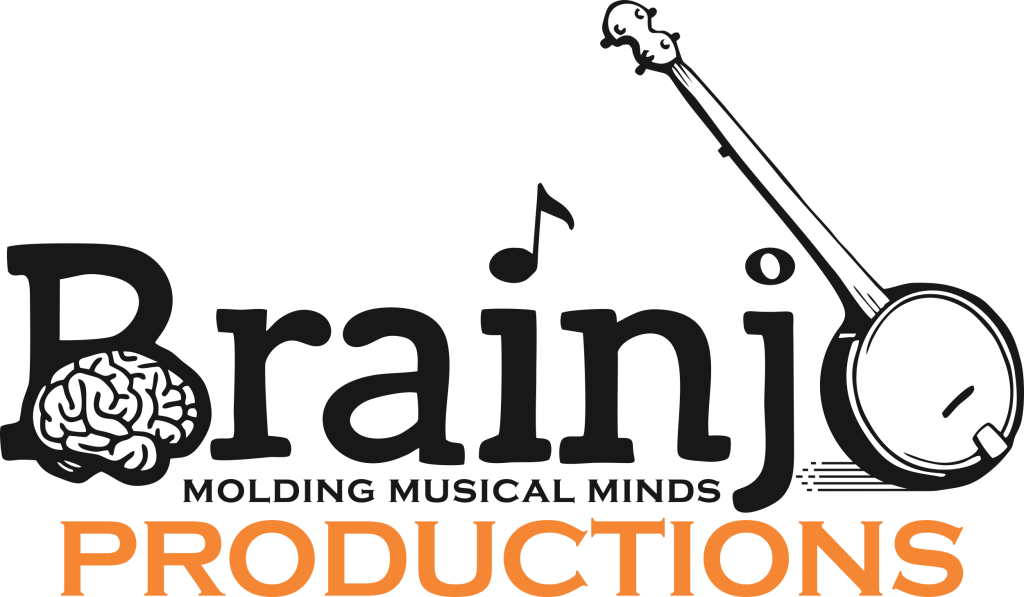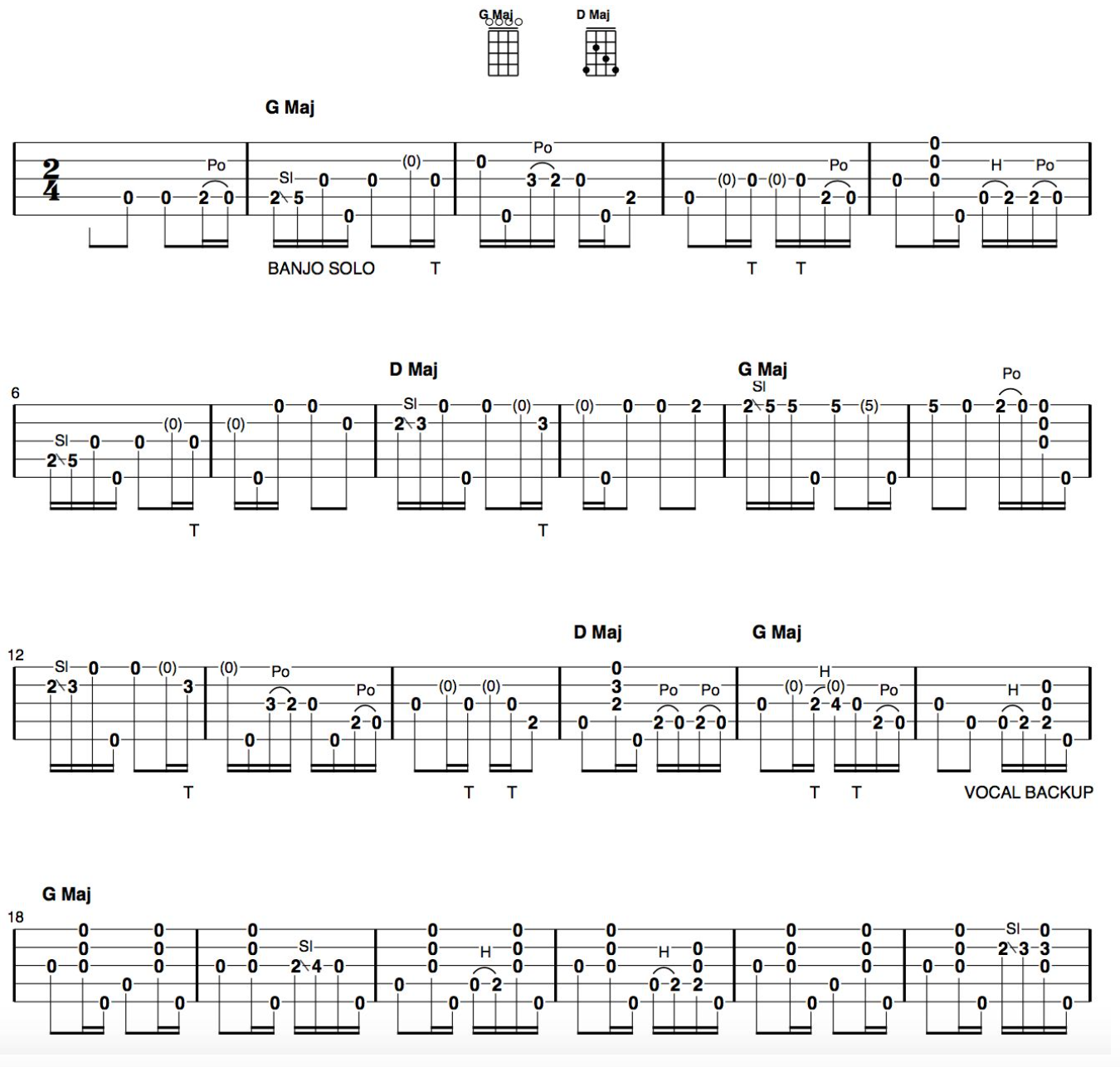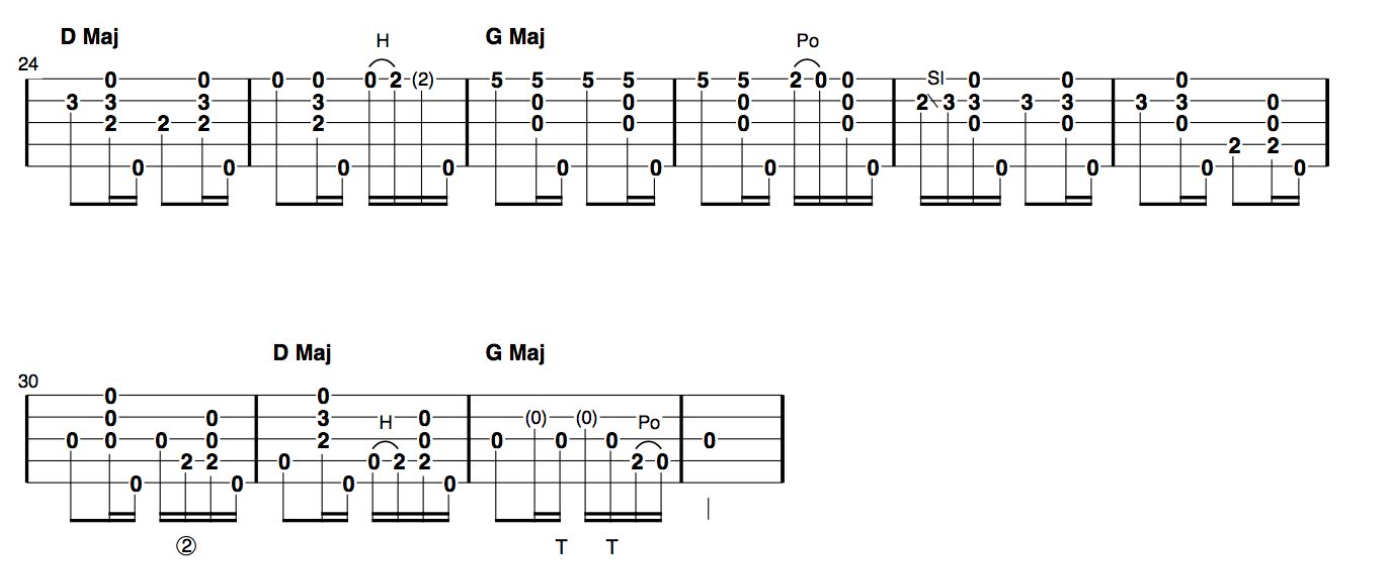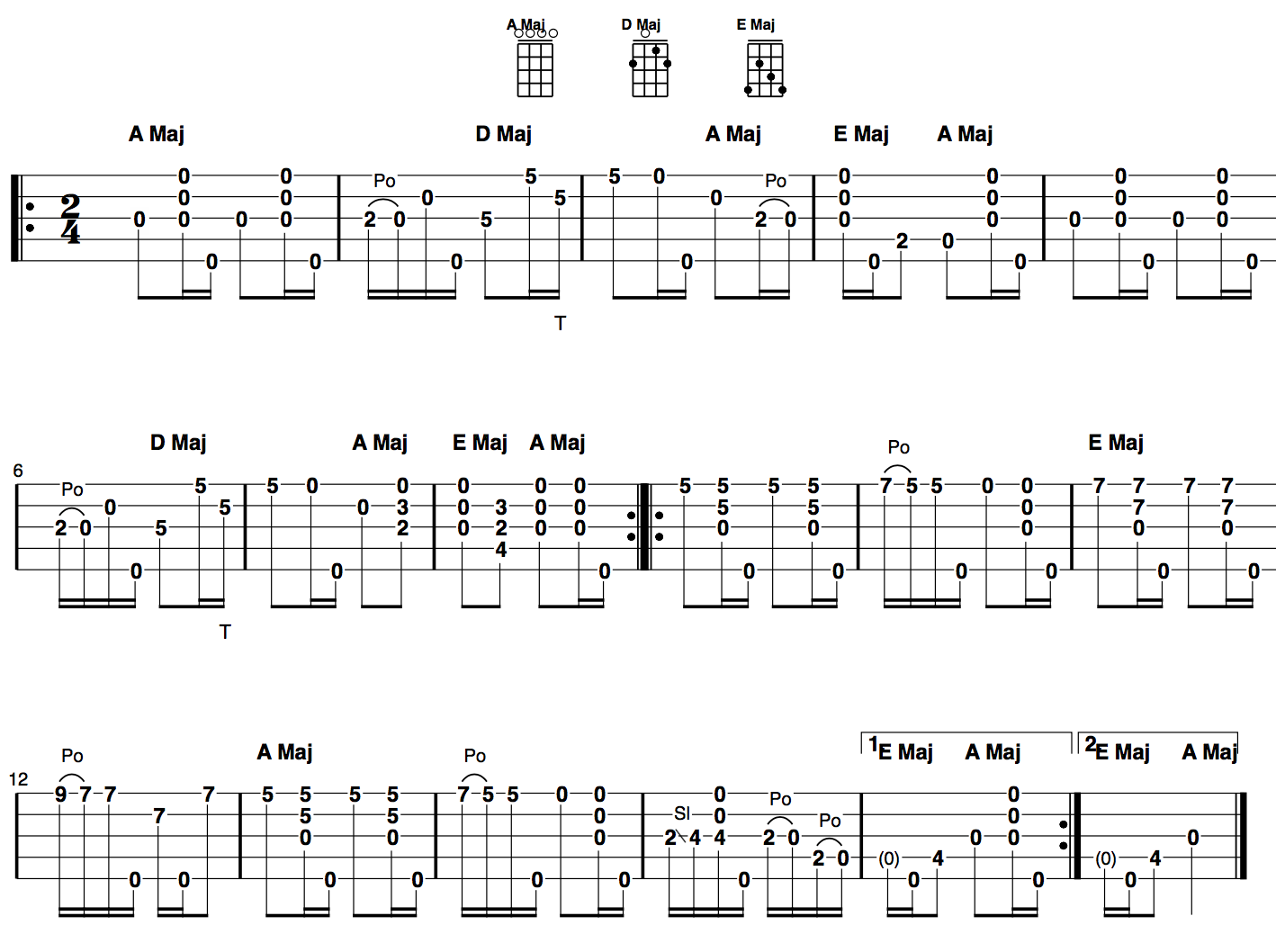Click on the button below to get the PDF download for this tab delivered to you, and get 2 new tunes and tabs sent to you every week!
What’s the purpose of music?
Entertainment? That’s probably the word that comes to mind for most in these times. Music is big business.
But throughout the course of human history, music has been so much more than that. In fact, given the overwhelming evidence that we’re all wired to make music, it’s likely been critical to our success as a species.
We use it to connect with each other, share values, tell stories, spread news, coordinate behaviors – essential functions for the most social animals on planet earth.
We also use music to ease suffering.
For instance, put a group of humans together to perform monotonous, repetitive, exhausting work, and before long they’ll be chanting chants and singing songs. A little something to distract the mind, share the struggle, and soothe the soul.
In the post war South, prisoners, usually African Americans, were often placed in such conditions, in the forced labor gangs working in mines, railroad camps, brickyards, turpentine farms – basically, if the work was tedious and tiresome, it was just right for the chain gang.
From that sprang a rich well of work songs, some of which were thankfully captured for posterity, working their way into the folk song catalog (check out this amazing recording from the Alan Lomax archives of prisoners in the Mississippi Penitentiary singing the song “Rosie”)
Today’s song, “Nine Pound Hammer,” was originally titled “Take This Hammer,” and was part of a collection of “hammer songs.”
Scores of verses have likely been sung to its melody. Some have been preserved, probably more have evaporated into the ether.
But the gist usually endures – the song’s protagonist has announced his bold decision to defy his captain’s authority and quit the gang, a fantasy likely shared by all who used to sing it. References to the most world’s most famous hammer-wielding folk hero, John Henry, are often included.
(NOTE: I’ll be teaching a Playing & Singing Tutorial for this song for Breakthrough Banjo on June 11. Click here for the schedule of upcoming workshops.)
NINE POUND HAMMER
gDGBD tuning (dADF#A on the gourd banjo), Brainjo level 3
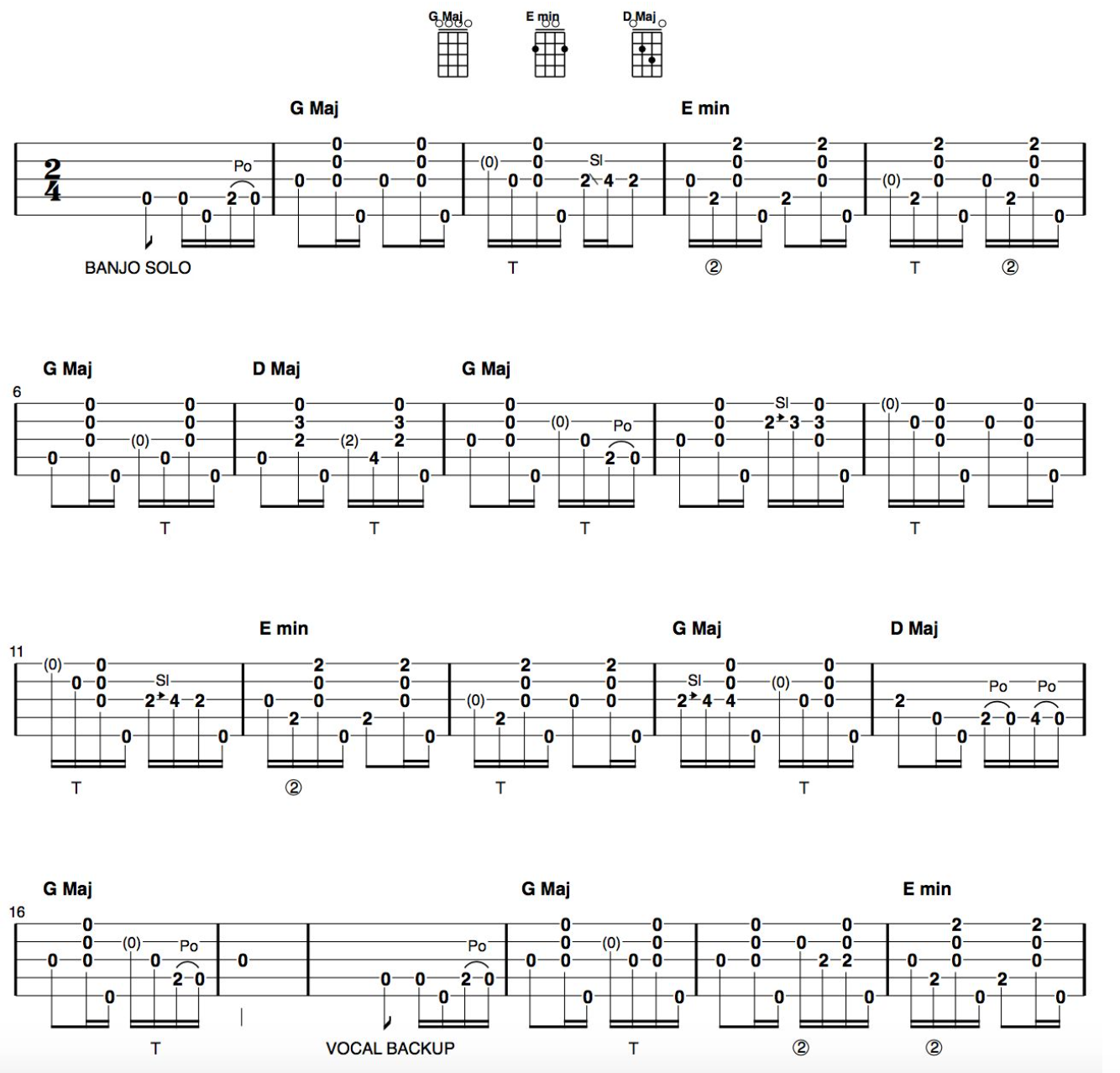
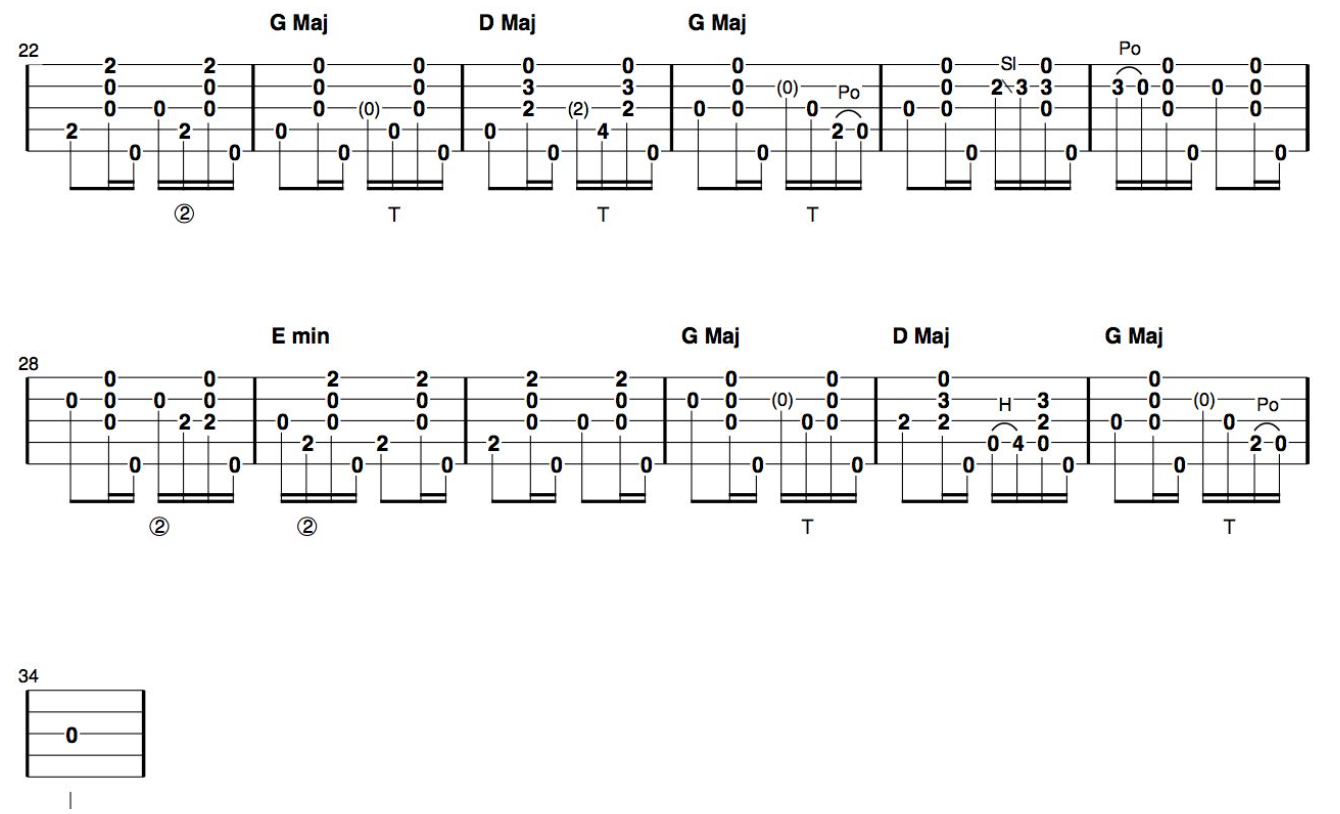
Notes on the Tab
In this arrangement, I’ve tabbed out the part I play in the banjo “solo,” as well as the vocal backup I play on the banjo while singing.
Notes in parentheses are “skip” notes – to learn more about skips and syncopated skips, check out my video lesson on the subject.
For more on reading tabs in general, check out this complete guide to reading banjo tabs.
PRIOR SONG OF THE WEEK EPISODES
- Episode 1: “Ain’t Gonna Work Tomorrow”
- Episode 2: “Gumtree Canoe”
- Episode 3: “Crawdad Hole”
- Episode 4: “Oh Susanna”
- Episode 5: “Freight Train”
- Episode 6: “Grandfather’s Clock”
- Episode 7: “Hop High Lulu”
- Episode 8: “Been All Around This World”
- Episode 9: “I’ll Fly Away”
- Episode 10: “Leaving Home”
- Episode 11: “Poor Orphan Child”
- Episode 12: “Mr. Tambourine Man”
- Episode 13: “Swanee River”
- Episode 14: “Big Sciota”
- Episode 15: “Roll In My Sweet Baby’s Arms”
- Episode 16: “Darling Corey”
- Episode 17: “Battle Hymn of the Republic”
- Episode 18: “America the Beautiful”
- Episode 19: “Bury Me Beneath the Willow”
- Episode 20: “Way Out There”
- Episode 21: “New Slang”
- Episode 22: “I Saw the Light”
- Episode 23: “Amazing Grace”
- Episode 24: “Blowin’ in the Wind”
- Episode 25: “Yankee Doodle”
- Episode 26: “Budapest”
- Episode 27: “Wildwood Flower”
- Episode 28: “Paradise”
- Episode 29: “Mountain Dew”
- Episode 30: “Blue Tail Fly”
- Episode 31: “Otto Wood”
- Episode 32: “Down on the Corner”
- Episode 33: “City of New Orleans”
- Episode 34: “Big Rock Candy Mountains”
- Episode 35: “Come to the Bower”
- Episode 36: “Old Kentucky Home”
- Episode 37: “Long Journey Home”
- Episode 38: “Dixie”
- Episode 39: “Hard Times”
- Episode 40: “Corrina Corrina”
- Episode 41: “She’ll Be Coming Round the Mountain”
- Episode 42: “Johnson Boys”
- Episode 43: “Bad Moon Rising”
- Episode 44: “Reuben’s Train”
- Episode 45: “Let the Mermaid’s Flirt With Me”
- Episode 46: “Rocky Top”
- Episode 47: “Groundhog”
- Episode 48: “Lazy John”
- Episode 49: “The Gambler”
- Episode 50: “8 More Miles To Louisville”
- Episode 51: “Who’ll Stop the Rain”
- Episode 52: “Pretty Polly”
- Episode 53: “You Are My Sunshine”
- Episode 54: “Old Molly Hare”
- Episode 55: “The Miller’s Will”
- Episode 56: “Walking Cane”
- Episode 57: “Feast Here Tonight”
- Episode 58 “Let Me Fall”
- Episode 59: “Little Birdie”
- Episode 60: “Train on the Island”
- Episode 61: “Handsome Molly”
- Episode 62: “Willie Moore”
- Episode 63: “Tom Cat Blues”
- Episode 64: “Big Eyed Rabbit”
- Episode 65: “Jimmy Sutton”
- Episode 66: “What Does the Deep Sea Say?”
- Episode 67: “Shortnin’ Bread”
- Episode 68: “Worried Man Blues”
- Episode 69: “Who Broke the Lock?”
- Episode 70: “Mole in the Ground”
- Episode 71: “Fireball Mail”
Level 2 arrangements and video demos for the Tune (and Song!) of the Week tunes are now available as part of the Breakthrough Banjo course.
Click here for a current list of all the clawhammer songs and tunes currently available inside of The Vault
View the Brainjo Course Catalog

